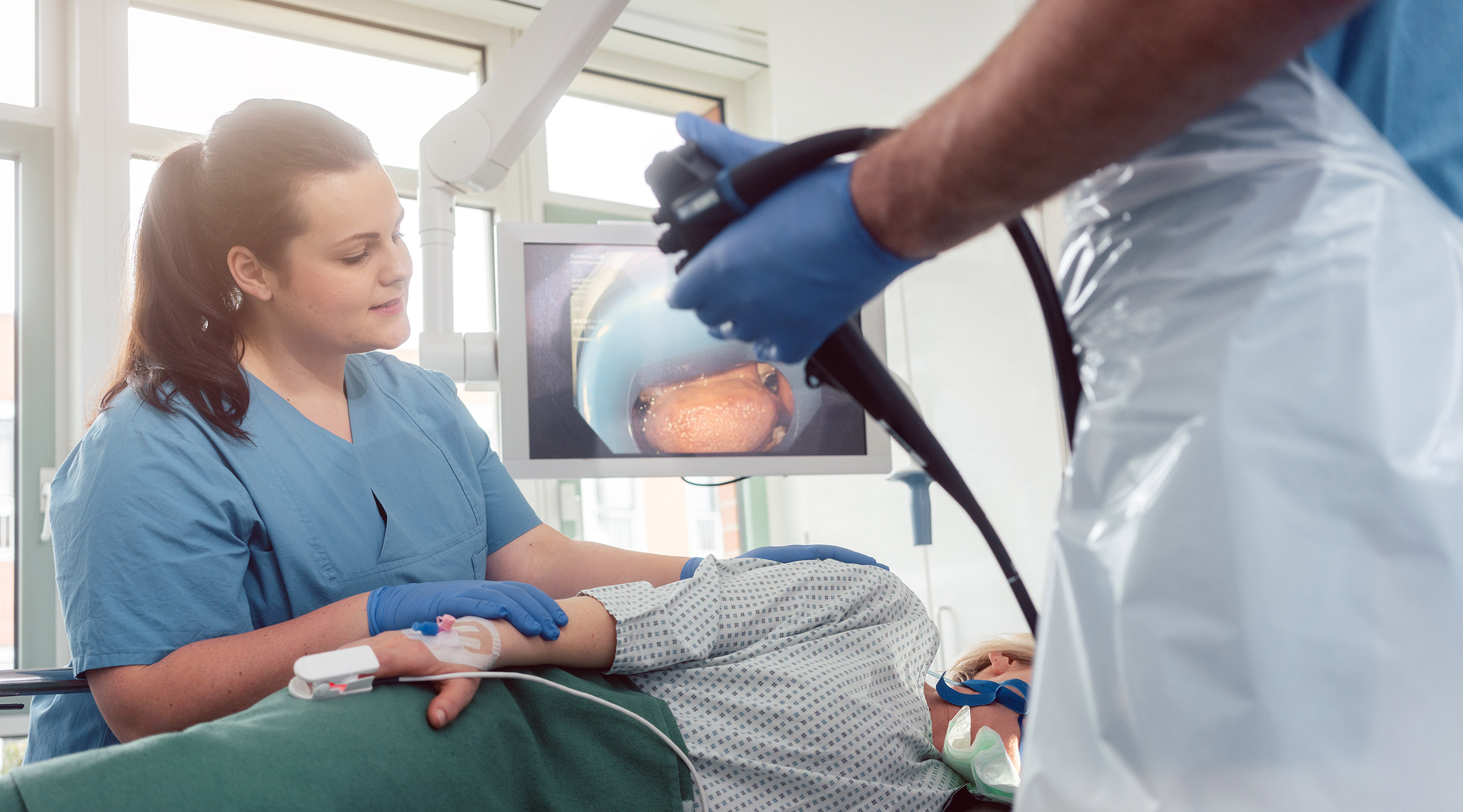
Duodenoscopes are considered the most difficult endoscopes to clean because of their complex design.
In fact, there are many factors that contribute to contamination after reprocessing, including improper scope handling, inadequate pre-cleaning, biofilm formation on endoscope channels, and instrument damage.
Authors of a new study out of the Netherlands have ruled out two other possible factors in reprocessing failure: the age and usage history of a duodenoscope.
In the study, which compares contamination rates of duodenoscopes and linear echoendoscopes from a variety of manufacturers, researchers concluded that how long an endoscope had been in use was not a differentiator between contaminated scopes and clean ones.
Contamination rates were collected over the course of two study intervals — 9 months and 7 months, respectively. More than 300 duodenoscopes and 64 linear echoendoscopes from 97 percent of the GI endoscopy suites in the Netherlands were included in the study. The average contamination rate across facilities averaged 15 percent for microorganisms with the potential for patient cross-contamination.
Throughout the study, a scope’s age was reset if the biopsy channel was replaced. The results suggest that “old and heavily used” scopes have a similar risk for contamination as new instruments if they’re maintained correctly, the authors concluded.
GI Endoscopy published “Nationwide risk analysis of duodenoscope and linear echoendoscope contamination” in May 2020. Rather than age, the contamination rates — which remained the same regardless of manufacturer — were blamed on the overall design of duodenoscopes.
“Error-prone reprocessing procedures with an insufficient margin of safety” are factors that make outbreaks “inevitable” given the current design of duodenoscopes, according to the study. “Effective control measures, such as feasible sterilization instead of disinfection, and eventually radical redesign of DLEs are required.”
The study authors noted the findings may not be transferrable to other institutions because surveillance and reprocessing practices vary globally. For example, hospitals in the Netherlands must send endoscopes annually to manufacturers for inspection.
These findings also run counter to previous research showing that flexible endoscope damage from longtime use contributed to reprocessing failures.
Duodenoscopes are subject to wear and tear from:
There are more than 650,000 endoscopic retrograde cholangiopancreatography (ERCP) procedures performed in the U.S. annually. This advanced endoscopy procedure has come under increased scrutiny in recent years due to several disease outbreaks linked back to contaminated duodenoscopes – the type of endoscope used for the procedure.
The U.S. Food and Drug Administration issued new guidelines calling on duodenoscope manufacturers to include annual inspection requirements for their scopes. The agency has also recently granted 501(k) clearance to duodenoscopes with disposable distal ends and fully disposable scopes, after the agency recommended manufacturers develop new designs centered on patient safety from cross-contamination.


